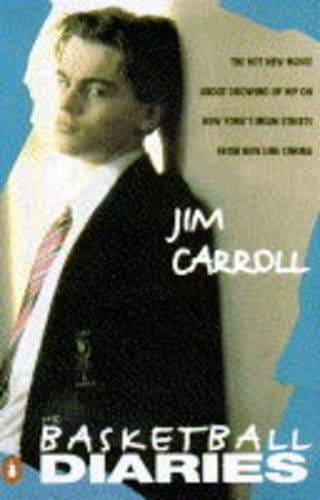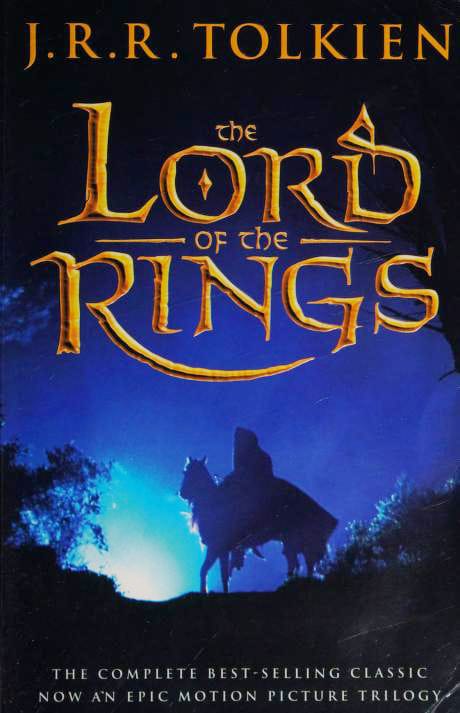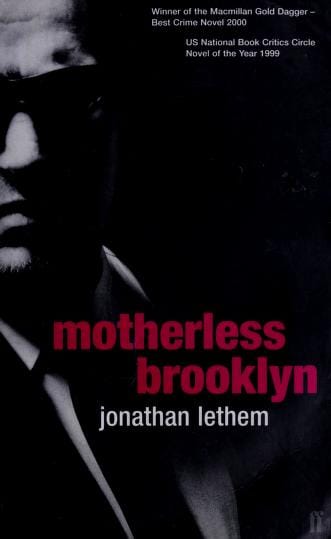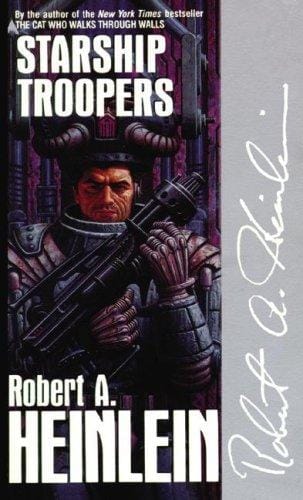Confessions of a Shopaholic: A Spirited Rom-Com That Still Resonates
Lighthearted yet insightful, this review explores how Confessions of a Shopaholic delivers rom-com fun while offering timeless lessons about money and self-worth.

Introduction
More than a decade after its release, the 2009 romantic comedy "Confessions of a Shopaholic" continues to charm viewers with its bright palette, infectious soundtrack, and lovable, if financially reckless, heroine. Based on the bestselling novel by British author Sophie Kinsella, the film follows Rebecca Bloomwood, a journalist whose closet bursts with couture even as her credit cards scream for mercy. Directed by P. J. Hogan and front-lined by a radiant Isla Fisher, this feel-good romp offers lighthearted escapism while slyly critiquing consumer culture. In roughly 104 minutes, it delivers laughter, lessons, and a flurry of fabulous outfits.
The Story in a Shopping Bag
At its core, "Confessions of a Shopaholic" chronicles Rebecca’s tangled relationship with money and identity. When mounting debt threatens to unravel her life, she scrambles for solutions, landing a job at a financial magazine despite knowing very little about finance. Ironically, her breezy columns translate monetary jargon into stylish metaphors, turning her into a surprise sensation known as “The Girl in the Green Scarf.” Meanwhile, she falls for her dashing editor Luke Brandon, whose pragmatic approach to business clashes hilariously with her impulsive spending. The narrative balances workplace comedy, romantic tension, and heartfelt reflection on what truly matters.
Cast and Performances
The film’s effervescence stems largely from its spirited ensemble. Isla Fisher infuses Rebecca with wide-eyed warmth, comic timing, and vulnerability, making it easy for audiences to root for a protagonist who could otherwise be written off as irresponsible. Hugh Dancy lends Luke a grounded charm, creating believable chemistry that sparks without overshadowing Rebecca’s personal arc. Veteran talents Joan Cusack and John Goodman portray her supportive yet perplexed parents, while Krysten Ritter’s BFF Suze provides quirky counterbalance. Even brief appearances from John Lithgow, Fred Armisen, and Kristin Scott Thomas add flavorful flourishes that keep the comedic energy high.
Exploring Themes of Consumerism and Self-Worth
Beneath the glossy montage of sample sales and swishing shopping bags lies a pointed commentary on the seductive power of advertising. Rebecca’s obsession is not born solely from vanity but from the hope that new possessions will fill emotional voids. The screenplay underscores this by personifying mannequins that whisper temptations, visualizing the psychological pull of retail therapy. Yet the film avoids heavy-handed moralizing; instead, it illustrates how overspending can mask insecurities and postpone self-acceptance. When Rebecca finally sells her cherished wardrobe to repay debts, the scene symbolizes shedding false identities in favor of authentic confidence. That message, wrapped in romantic comedy packaging, remains surprisingly relevant for today’s buy-now-pay-later generation.
From Page to Screen: Key Adaptation Choices
Loyal fans of Kinsella’s novels will notice notable shifts in geography and tone. The book situates Rebecca in London, but the film moves her to New York City, arguably the world’s most photogenic shopping mecca. This change amplifies fashion montages while appealing to a global audience familiar with Fifth Avenue iconography. The screenplay also condenses several subplots, trimming some of Rebecca’s more irresponsible antics to maintain empathy. While purists may miss the book’s deeper introspection, the adaptation excels at visual humor—think chaotic sample-sale stampedes—that plays better on screen than on the page. Ultimately, both versions celebrate growth over guilt, offering complementary perspectives on the same spirited heroine.
Fashion, Color, and Cinematic Style
Stylist Patricia Field, famed for her work on "Sex and the City," dresses Rebecca in a kaleidoscope of textures that mirror her fluctuating emotions. Bold jewel tones dominate early scenes, signaling the thrill of acquisition, while softer palettes emerge as she gains clarity. Director P. J. Hogan enhances these style cues with dynamic camera work: quick zooms during shopping frenzies, languid pans in romantic moments, and split-screen collages of mounting bills. Paired with an upbeat soundtrack featuring Lady Gaga and Shontelle, the visuals create a candy-coated world that feels as delicious as it is dizzying.
Cultural Impact and Critical Reception
Upon release, "Confessions of a Shopaholic" grossed over $100 million worldwide, resonating particularly with young professionals navigating recession-era anxieties. Critics offered mixed reviews—some praised Fisher’s magnetic lead performance, while others felt the film glossed over the severity of debt. Yet its cultural footprint extends beyond box-office numbers. Memes of Rebecca freezing her credit card in an ice block still circulate on social media, and fashion bloggers routinely reference her signature green scarf. Meanwhile, financial literacy advocates use the film as a lighthearted gateway to discussions about budgeting, demonstrating its unexpected educational utility.
Why the Film Still Resonates in the Age of E-Commerce
Today’s consumers battle one-click purchasing, algorithmic ads, and influencer FOMO, all of which can blur wants and needs faster than Rebecca’s flash-sale stampedes. The film’s humorous portrayal of financial denial feels eerily prophetic amid modern "buy now, pay later" schemes. Viewers recognize themselves in Rebecca’s rationalizations—“It’s on sale, so I’m actually saving money!”—and find comfort in her eventual triumph over temptation. The narrative reassures audiences that accountability and self-forgiveness can coexist, offering a blueprint for healthier spending habits without demonizing the joy of style. That balance keeps the movie accessible and meaningful long after its theatrical run.
Final Thoughts
"Confessions of a Shopaholic" blends fizzy romance, slapstick humor, and genuine insight into consumer psychology. Isla Fisher’s luminous performance ensures Rebecca Bloomwood remains a rom-com icon, while the film’s cautionary yet compassionate take on debt feels more topical than ever. Whether you’re a fashion lover, a book loyalist, or simply in need of a colorful escape, revisiting this comedy is akin to finding a forgotten gift card in your wallet: unexpectedly delightful and instantly gratifying.



